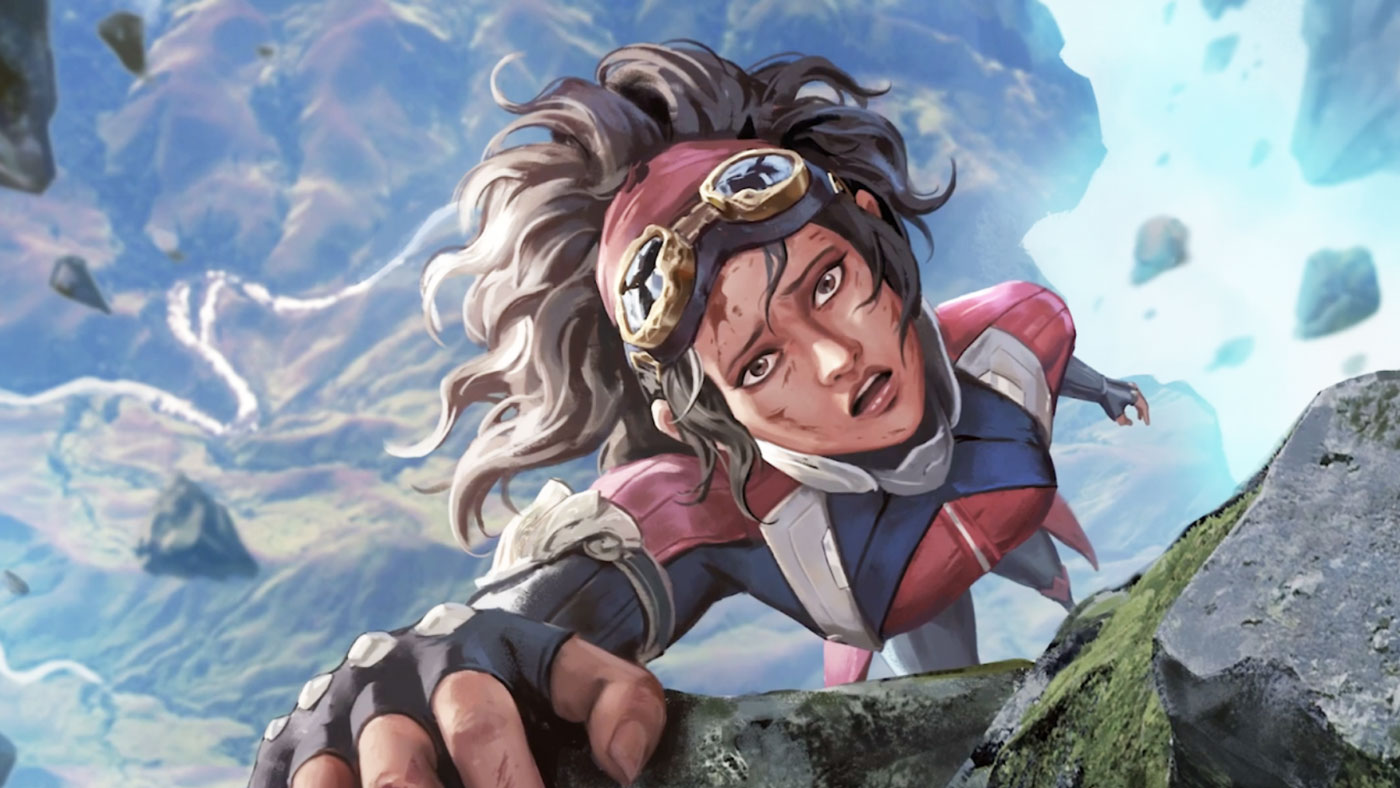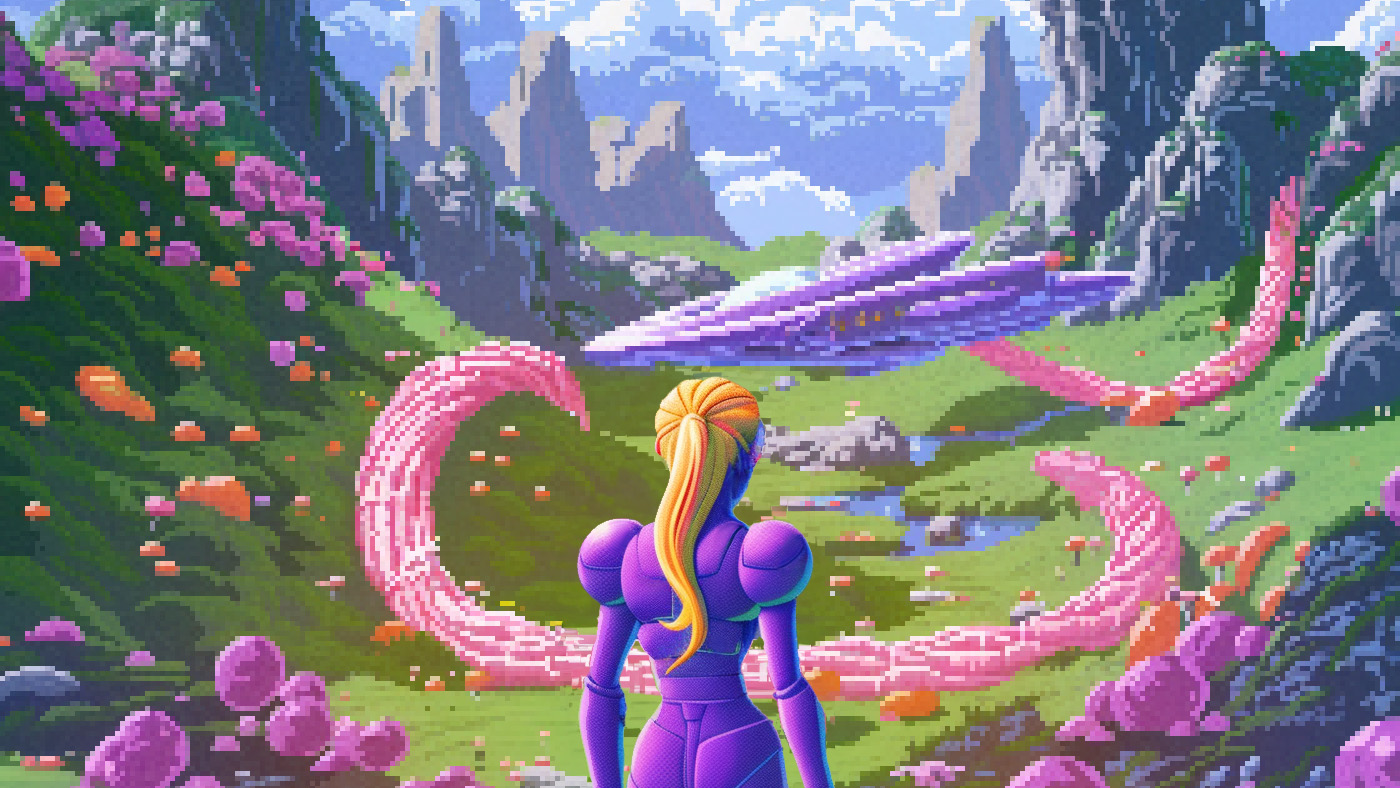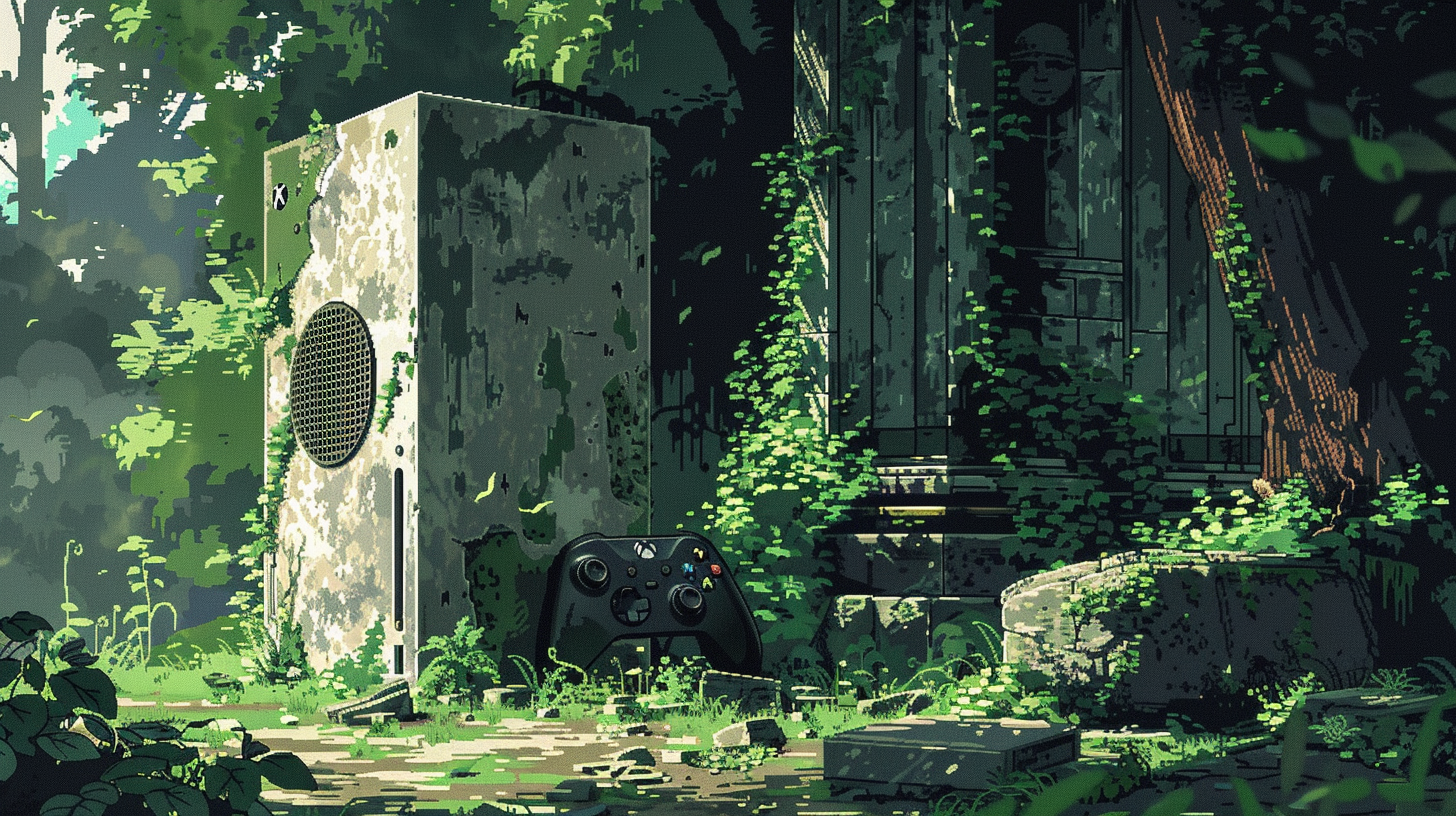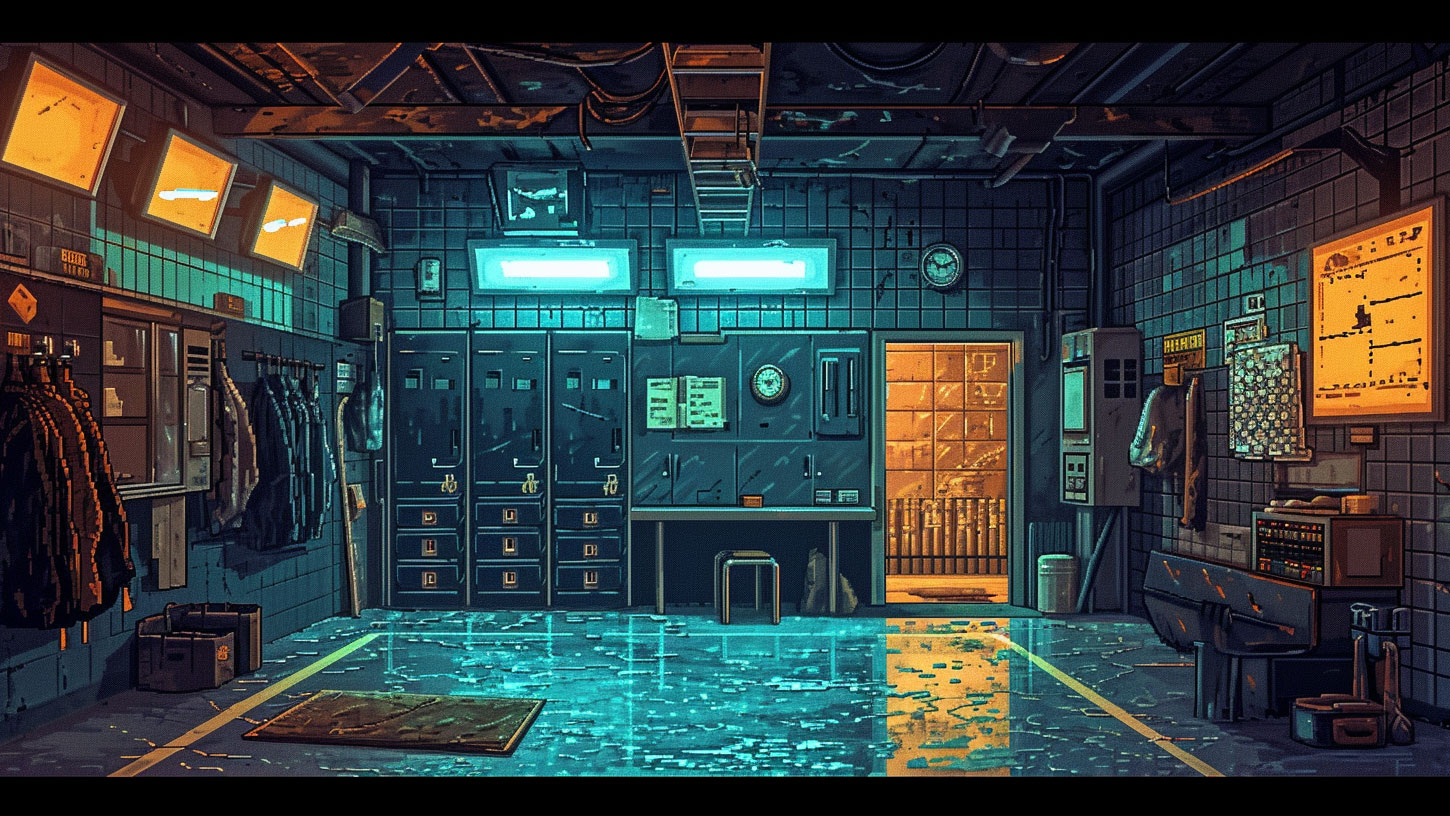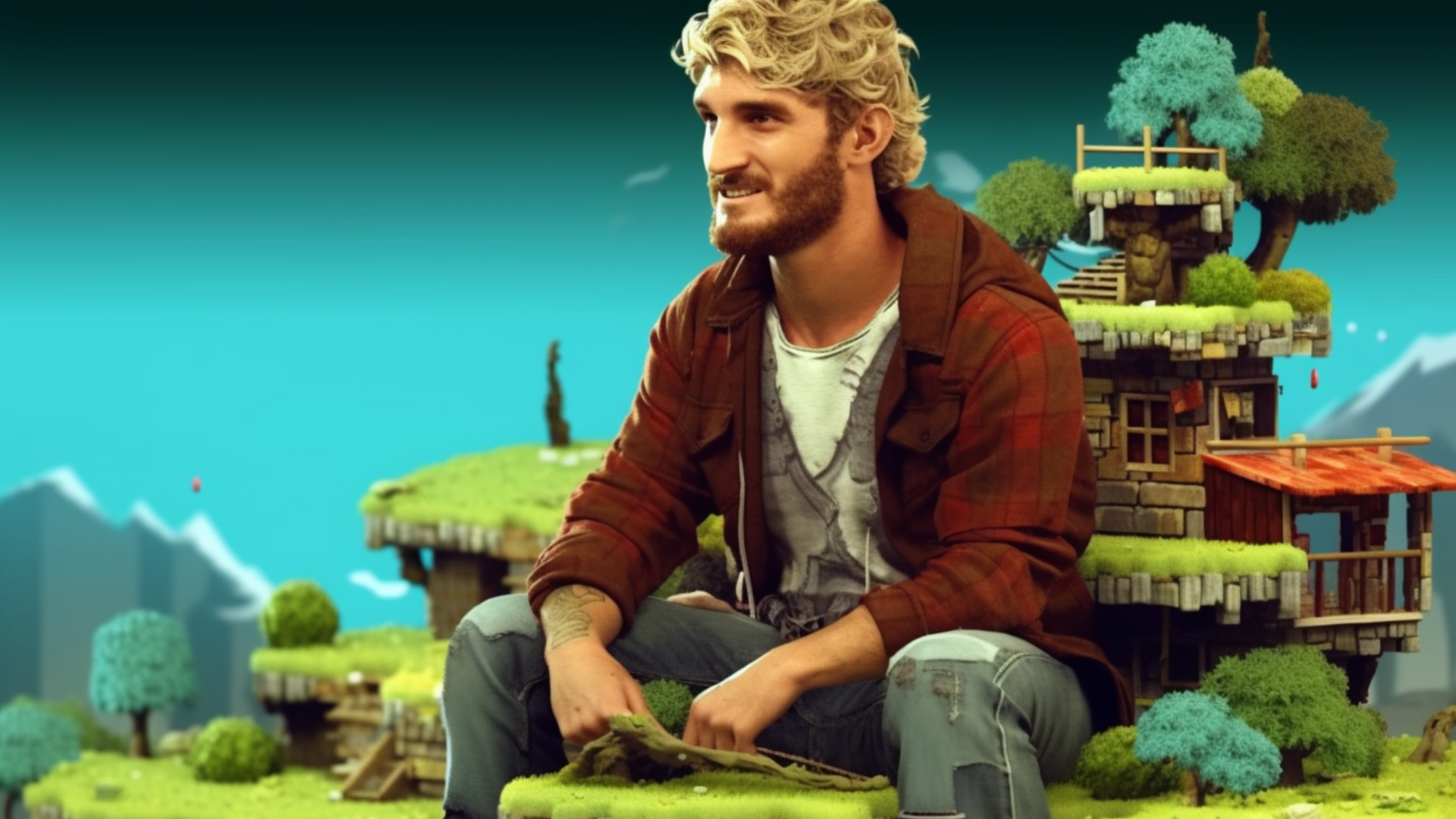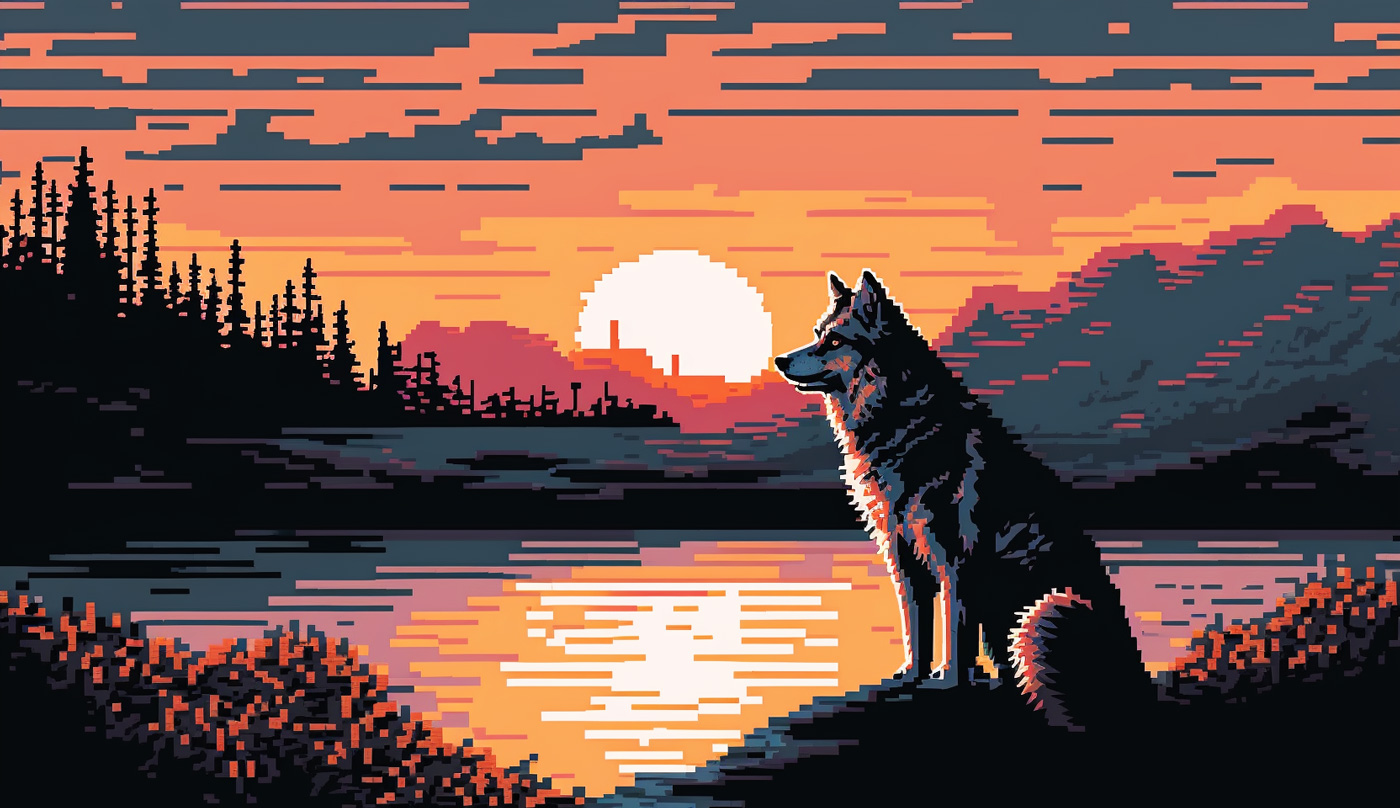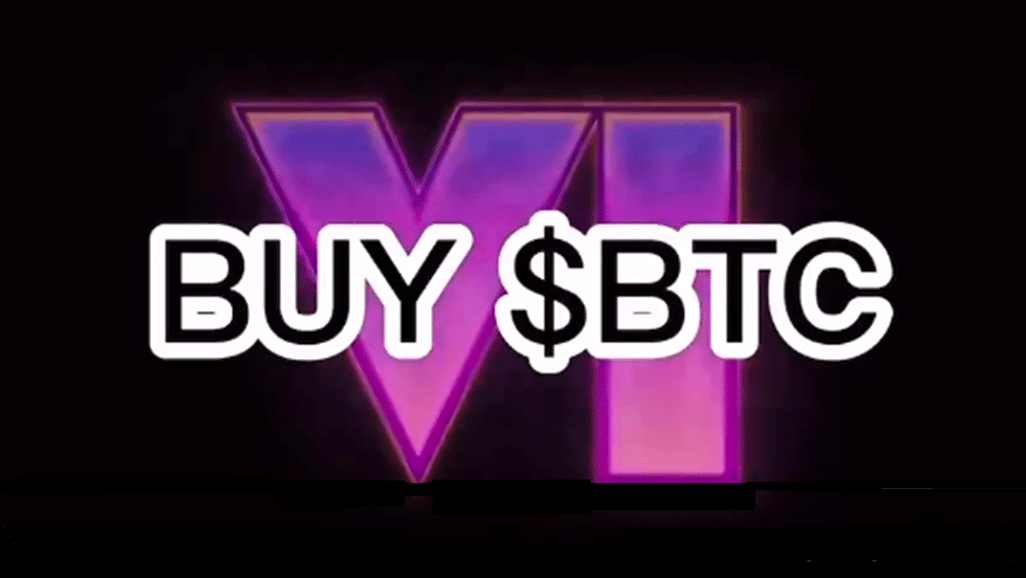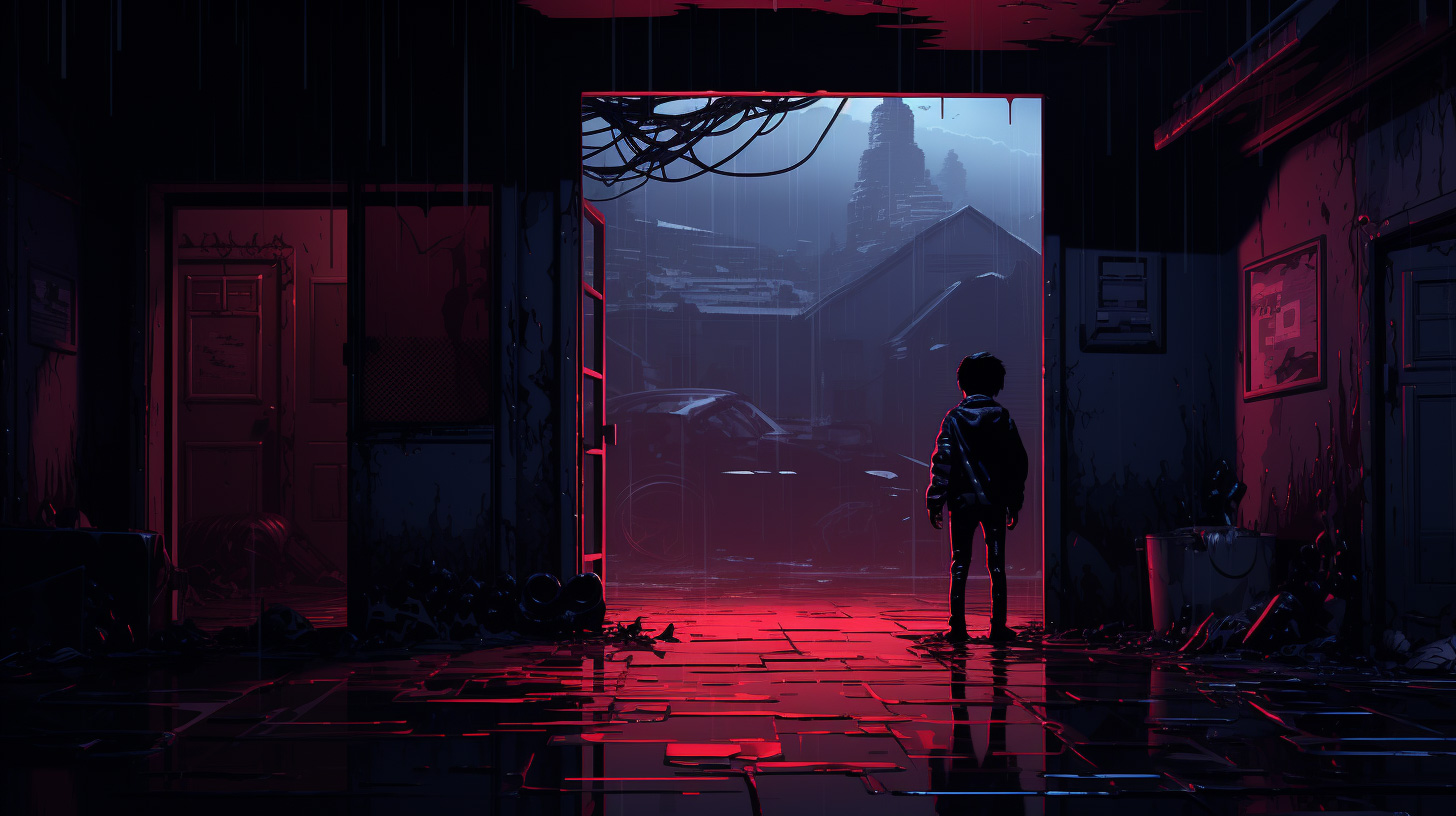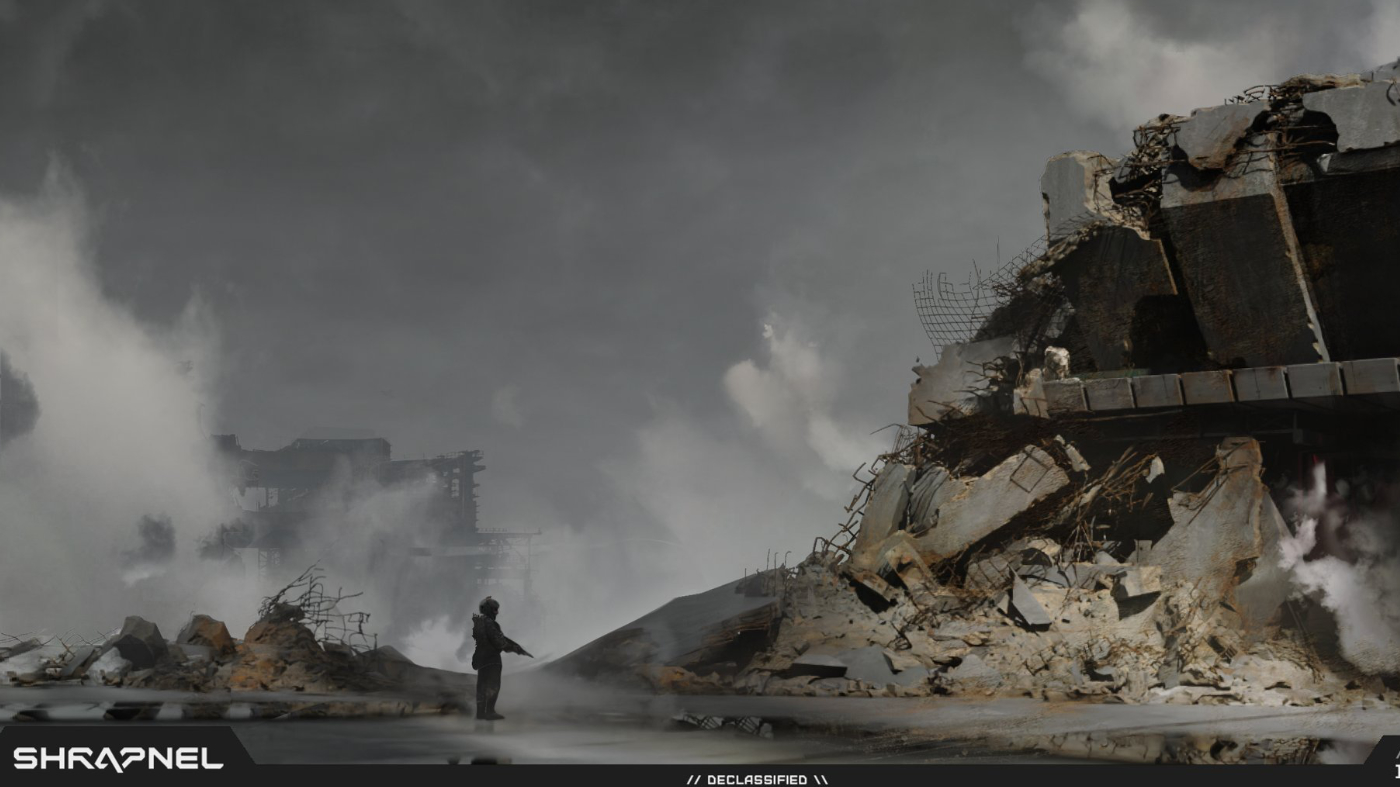With gameplay video released today of revitalised card battler Shardbound, Polemos game expert Mogglin takes a closer look at what’s different in a web2 game that is being brought back to life on the blockchain. His key takeaway: the game’s new developers are taking great pains to downplay web3 elements, and not much seems to have changed from the first time around.
Shardbound is a multiplayer collectible tactics game where a commander controlled by the player moves around an arena collecting crystals. These resources are used to summon allies from a selection of collectable cards that are drawn each turn.
This is a mixture of a card and arena battler, where strategy will be crucial to success. The cards have a mixture of mechs and mythical creatures, and the game is set in a world literally torn apart by war. It’s not yet clear to me how deep the game’s lore goes. There was some kind of cataclysm that propelled bits of the world into the atmosphere, where the game takes place on a floating archipelago.
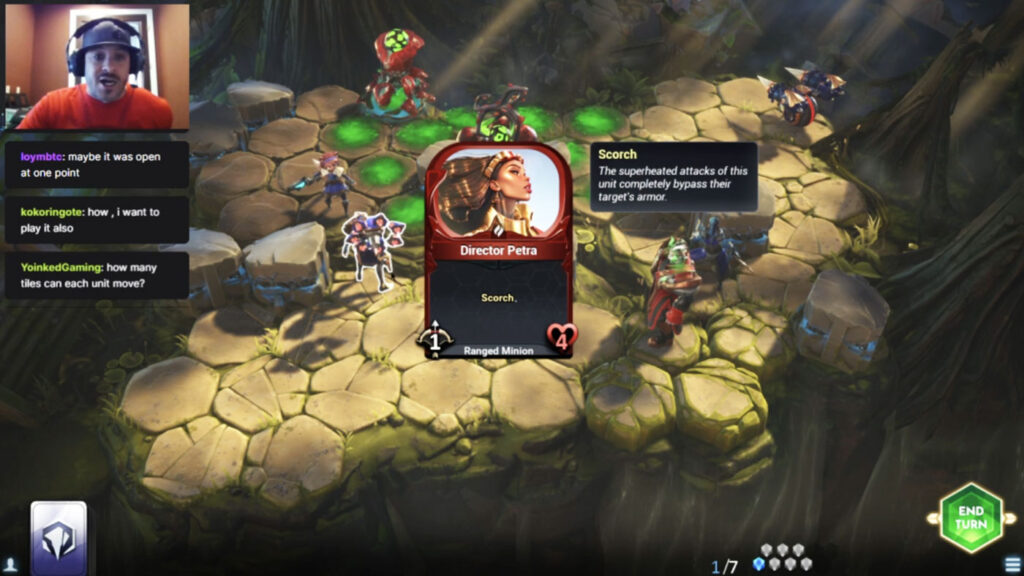
The game was originally developed by Spiritwalk Games, being discontinued in 2020, then picked up again by developers Bazooka Tango and announced by game tech platform IMX last month at the Game Developers Conference (GDC).
Today Captain Neato (real name TBA) from Bazooka Tango live-streamed gameplay of an early alpha version of the game.
The Captain streamed only one battle board – “Reaver’s Mire” – and took great care not to reveal menus and other game plumbing. He demonstrated an intricate knowledge of the game’s mechanics, which are similar to many other card battlers, although it has to be said that the graphical quality of Shardbound is high. Animations and environments are eye-pleasing.
At one point in the presentation, the Captain slipped up and flashed an overview map for a moment, showing the “Outpost Lucent Bastion”. I include the screenshot here:
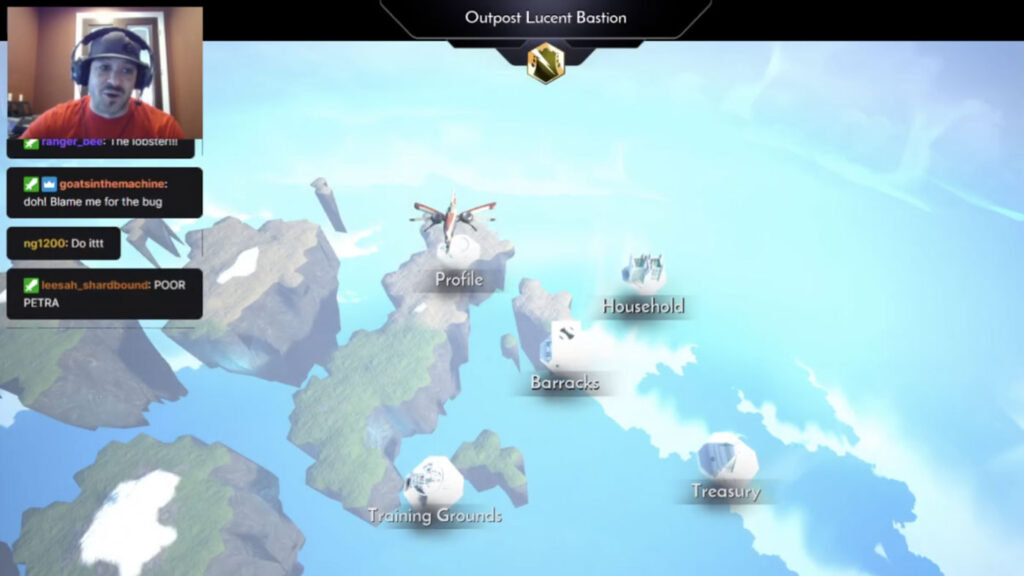
I found it disappointing that Bazooka didn’t make any comparisons between this version and the game as last seen in the wild, more than three years ago.
Comparing footage of today’s game to the 2019 version, I could detect few major differences: the UI was certainly pared back, although that could have been because the Captain was playing against bots.
Card art was the same, and the arena was similar. Importantly, the Captain refused to discuss NFTs and the game’s blockchain integration.
One community member asked:
“Are there seriously NFTs? That seems like a bad choice.”
Captain Neato replied:
“People, we know there are a lot of feelings about web3, and we want to talk about that in a much longer form than I can even answer here.”
He referred queries to the game’s Discord.
This is what Bazooka says on its general FAQ:
“Web3, at its core in Shardbound, revolves around the benefits of true digital ownership. Currently, it is incorporated into the reward and progression mechanics via chests and vertical card progression. This encourages players to try out different assets in their strategy, and then sell or trade on the open marketplace when they’re ready for something different! In the future, web3 will be incorporated into tournament mechanics.”
That’s pretty vague, and certainly not enough for me to evaluate. I look forward to getting more into the detail.
If you want to be able to try out the game, you can register with just an email on the website. There is a playable card to be claimed in the first week of public beta (timing TBA).
Enjoy our reporting? Sign up for the Pharos newsletter and receive an update every week for free.

